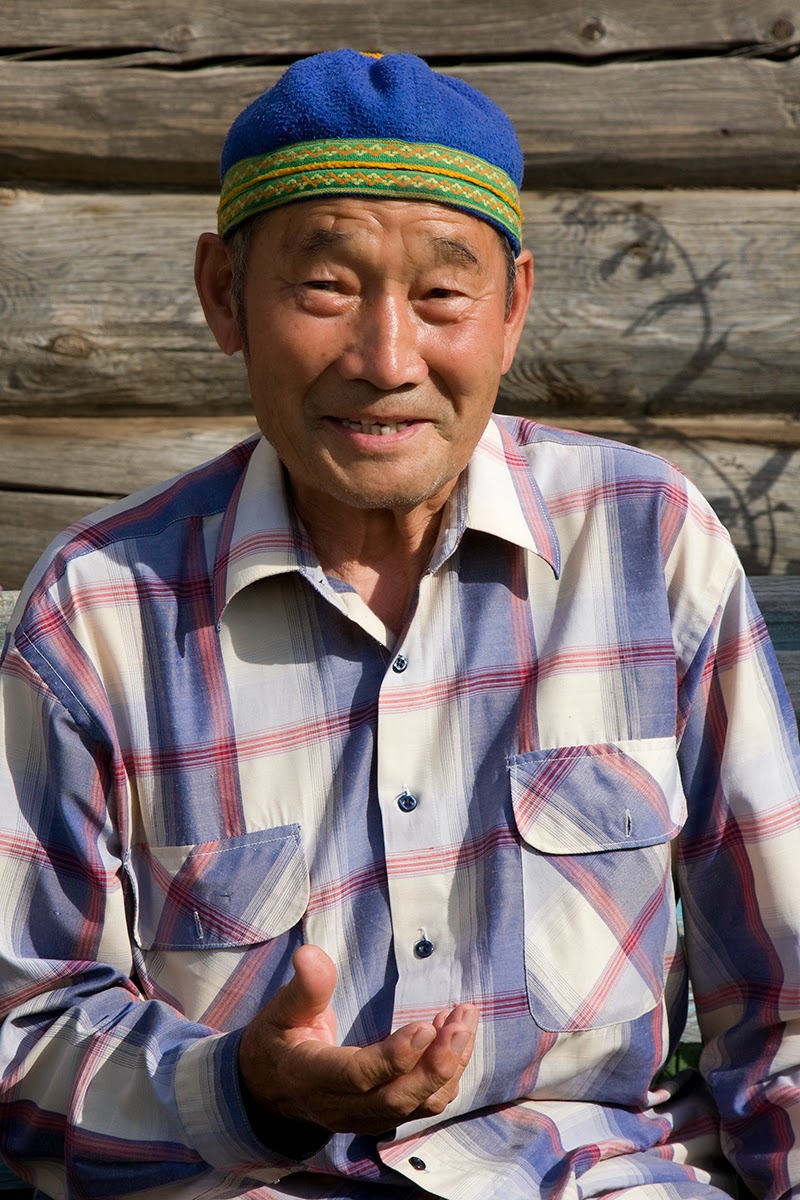Korea is one mysterious country. Due to my fascination with indigenous and aboriginal cultures around the world, I wanted to understand why Korea had none, or so they say. This was sparked by my recent visit to Taiwan which boasts many aboriginal tribes for such a small island. They even seemed to celebrate these cultures. Even Japan has a known indigenous culture of the Ainu (of Jomon ancestry) and Okinawans (Ryukyuan ancestry). How did they (Austronesian indigenous people) skip Korea, especially when Asia used to be land-connected? So I did some digging to find out who the ancestors of Korea are and why have they disappeared to leave behind Korea's current homogeneous society.
When I asked other people about it, many have the same answer that they are the descendants of the Chinese or Mongols. While they may share common ancestry with China and the Mongols, I did not find anything saying they were direct descendants. Ten years ago, Lee Wha Rang for the Association for Asian Research summed up that Koreans are a mixture of the Altai Mountains, Lake Baikal, and Jomon people. These people also influenced the Mongolian ethnic groups. Many of the Siberian people migrated south after the last Ice Age, so it is logical that Koreans are a mix of many tribes. The Altai people are better known today to be Turks or Russians because of where they settled and Russian conquests. The Buryat people of Lake Baikal are also considered to be Russian because of their location. The Jomon people can be traced to the modern day Ainu of Japan and also Russia (yet again). How does Russia have so many indigenous people and Korea doesn't?

Most of what I read kept leading me back to the Tungusic/Tungu people. The largest group of Tungus were the Manchu. They occupied the area known as Manchuria which was a large region of Northeast Asia (now categorized as NE China). Southern Manchuria was thought to include Korea. Finnish linguist Juha Janhunen believed that it was likely that a "Tungusic-speaking elite" ruled Goguryeo and Balhae, describing them as "protohistorical Manchurian states" and that part of their population was Tungusic, and that the area of southern Manchuria was the origin of Tungusic peoples and inhabited continuously by them since ancient times. According to
SNK_1408 on AFSpot.net, "only 50% of Koreans show Tungus origin patterns" but to me that's a lot. That's half the people!
What probably resulted in such a homogenous society is that once these ancient people settled and set up their Kingdom, they did not let anyone else in for a long time. People had to force their way in. My co-teacher even told me about how Christian missionaries first came to Korea and were killed because Koreans didn't understand why they came and what they were about. In some ways, I still see Korea as a closed off country (and I'm talking about South Korea). With every decade they become a little more open…



 Most of what I read kept leading me back to the Tungusic/Tungu people. The largest group of Tungus were the Manchu. They occupied the area known as Manchuria which was a large region of Northeast Asia (now categorized as NE China). Southern Manchuria was thought to include Korea. Finnish linguist Juha Janhunen believed that it was likely that a "Tungusic-speaking elite" ruled Goguryeo and Balhae, describing them as "protohistorical Manchurian states" and that part of their population was Tungusic, and that the area of southern Manchuria was the origin of Tungusic peoples and inhabited continuously by them since ancient times. According to SNK_1408 on AFSpot.net, "only 50% of Koreans show Tungus origin patterns" but to me that's a lot. That's half the people!
Most of what I read kept leading me back to the Tungusic/Tungu people. The largest group of Tungus were the Manchu. They occupied the area known as Manchuria which was a large region of Northeast Asia (now categorized as NE China). Southern Manchuria was thought to include Korea. Finnish linguist Juha Janhunen believed that it was likely that a "Tungusic-speaking elite" ruled Goguryeo and Balhae, describing them as "protohistorical Manchurian states" and that part of their population was Tungusic, and that the area of southern Manchuria was the origin of Tungusic peoples and inhabited continuously by them since ancient times. According to SNK_1408 on AFSpot.net, "only 50% of Koreans show Tungus origin patterns" but to me that's a lot. That's half the people! 
No comments:
Post a Comment